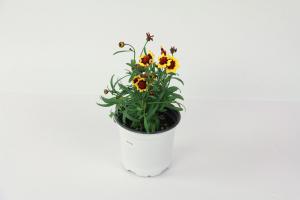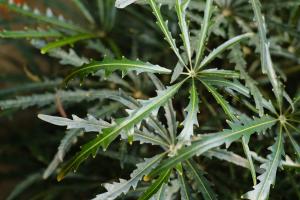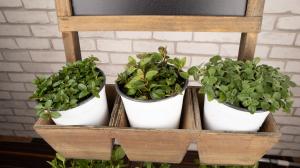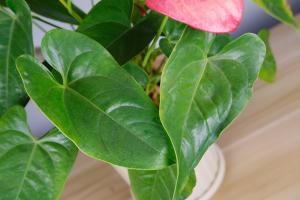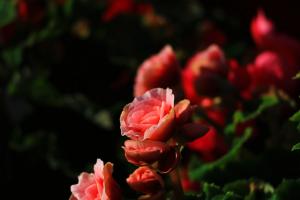1、 Curing method
1. Temperature: the most suitable temperature for celery growth is between 15 and 25 degrees. Similarly, it can be kept within this range when breeding. If it is below 15 degrees, the germination will be delayed, but if it is higher than 30 degrees, the seeds will not germinate
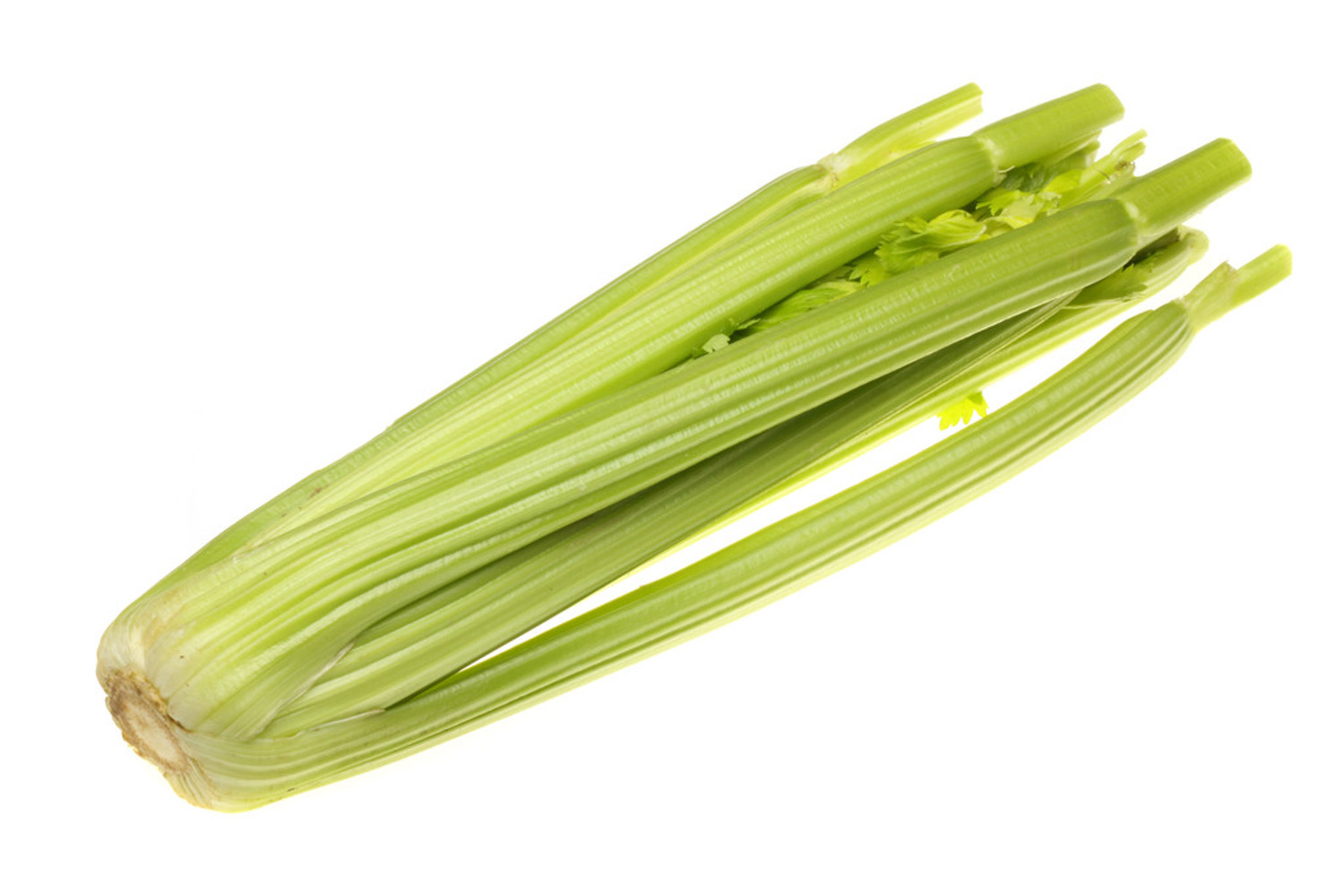
2. Light: celery is not particularly fond of light. Generally speaking, the requirement for sunshine is not high, but it cannot be completely absent. Don't leave it in the shade and half light, otherwise it will easily wither after it is too light deficient
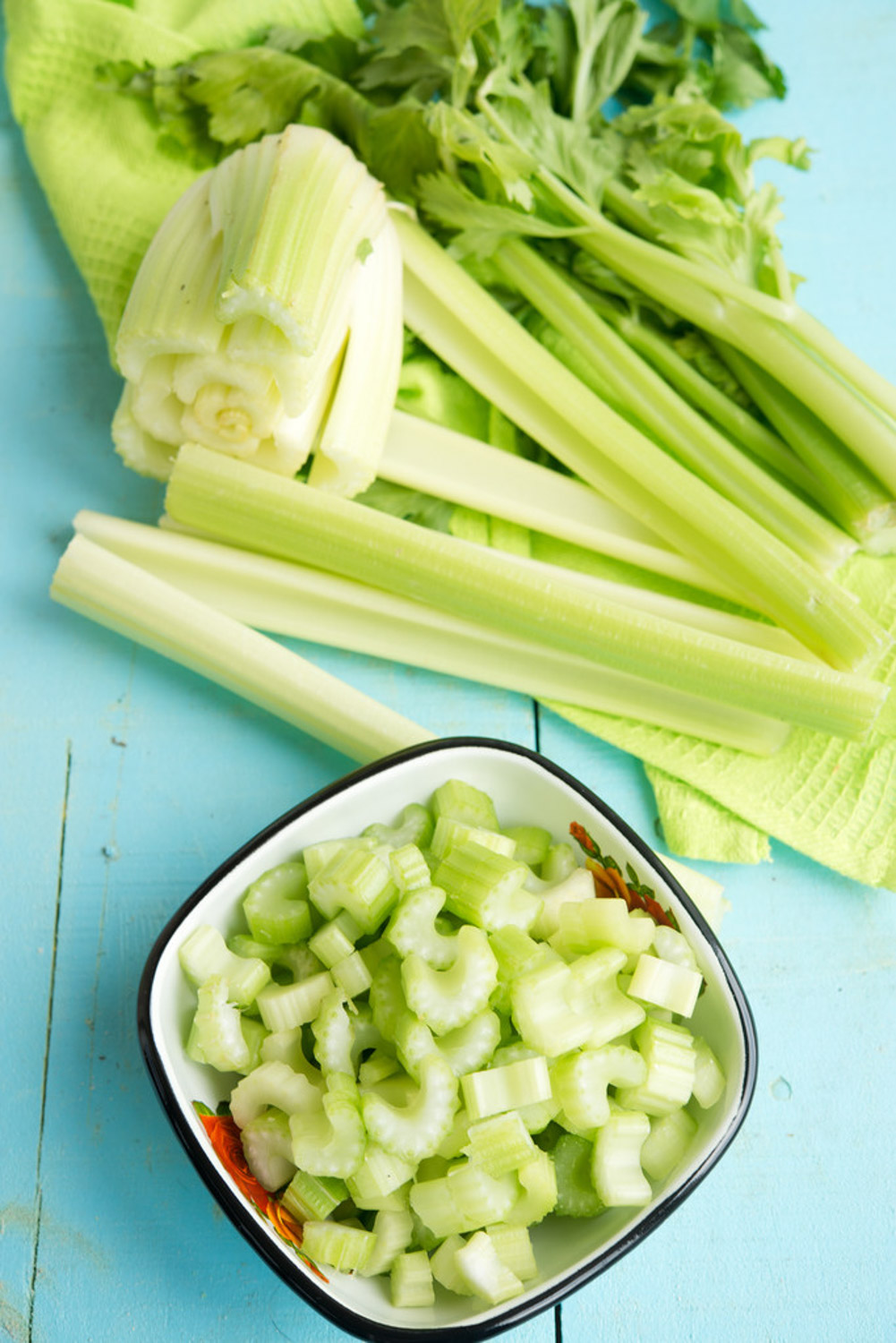
3. Watering: Celery likes a humid environment, especially when it is hot and dry. Pay special attention to supplement water to avoid wilting of the whole plant. However, it should not be too waterlogged, and the drainage of waterlogging in specific seasons should also be carried out regularly
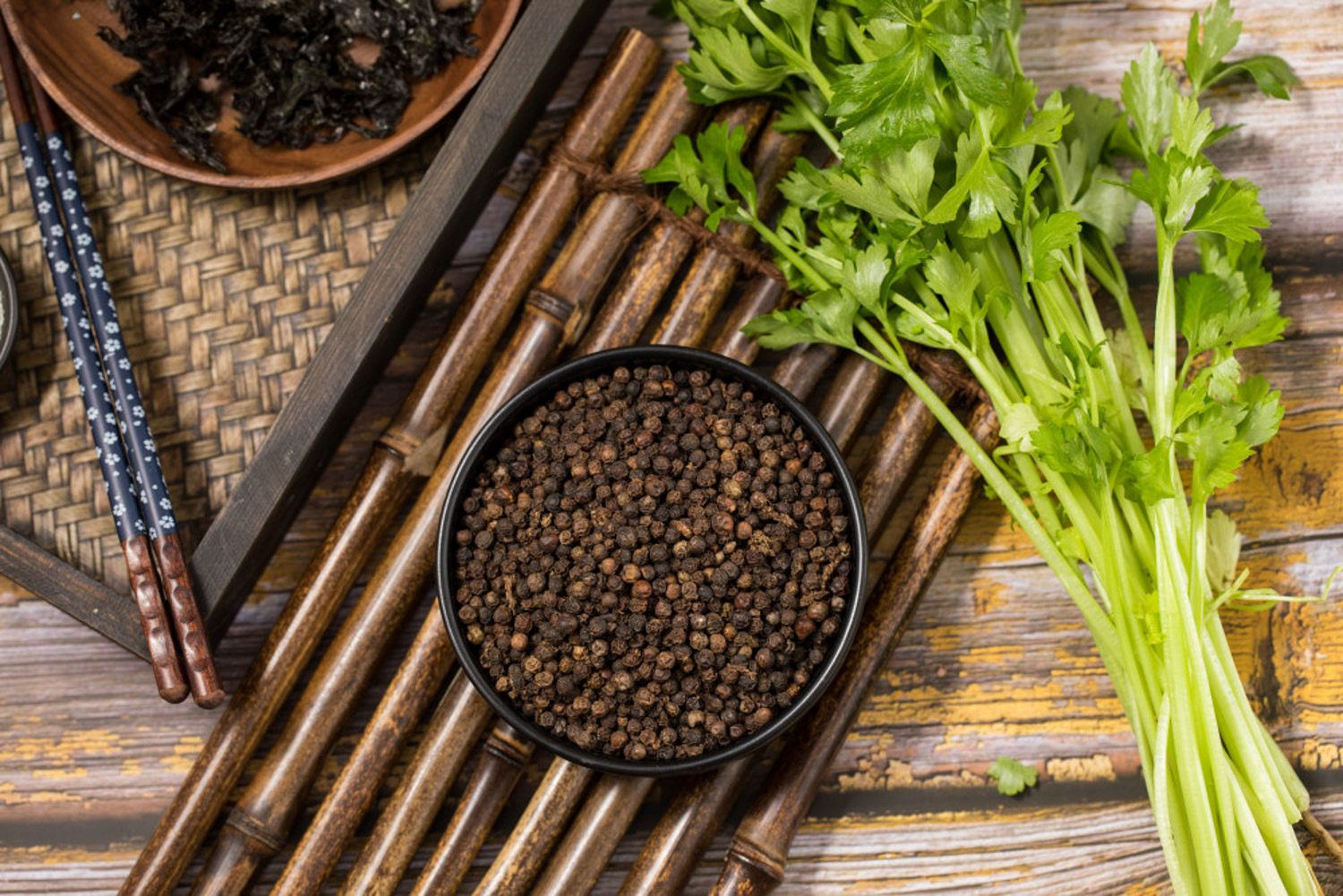
4. Fertilization: celery has a certain demand for fertilizer. First of all, a very important point is the base fertilizer, which needs to be mixed with a sufficient amount of base fertilizer in the soil. After that, topdressing can also be carried out appropriately
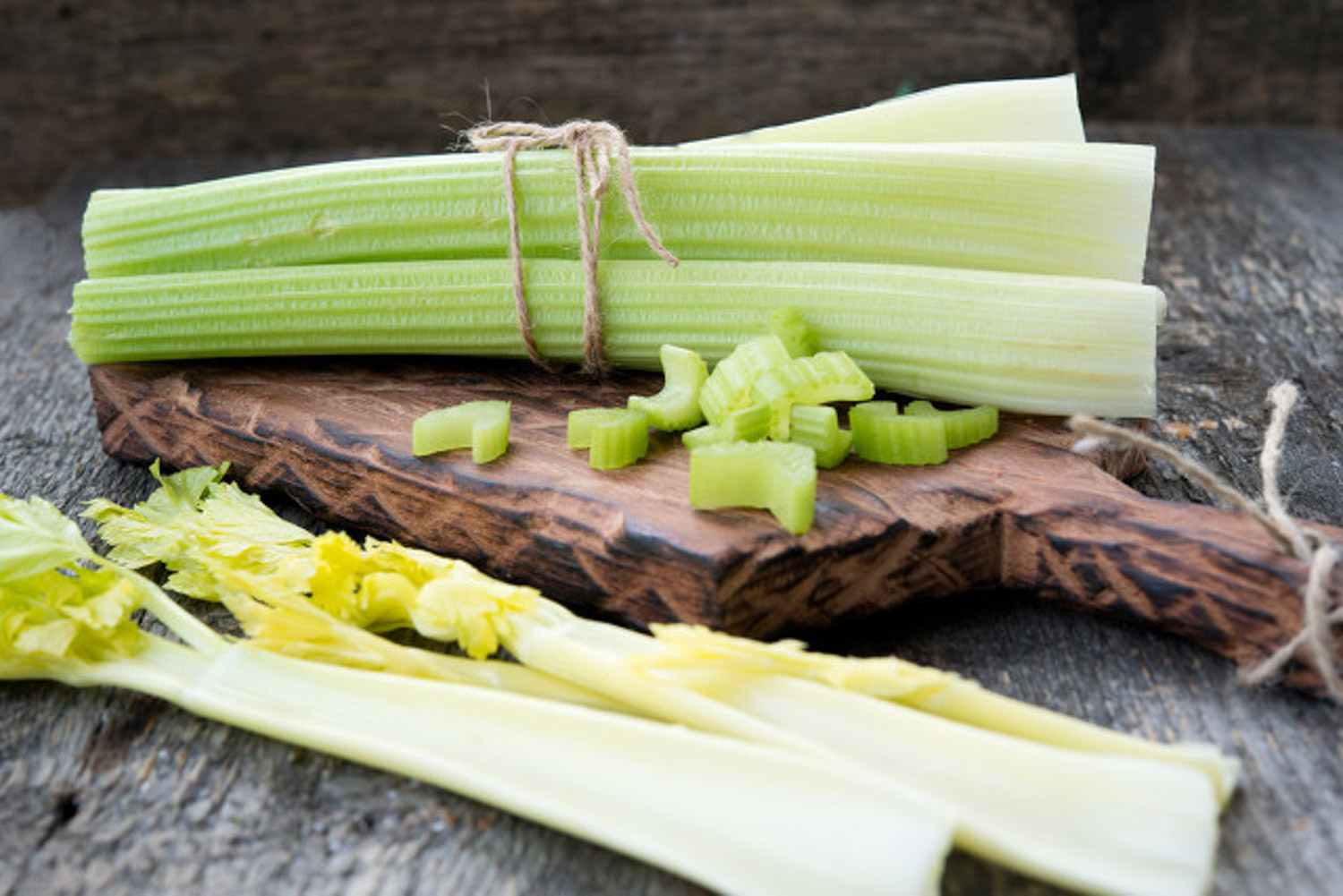
2、 Breeding skills
1. Reproduction: sowing method can be used. Because its emergence is difficult, it is best to choose a suitable place to sow. Seven or eight days before sowing, the seed needs to be soaked to make it germinate easily. Specifically, the method of "wet sowing" is adopted, that is, it needs to be watered first and then sown. After sowing, cover a layer of soil evenly, and then keep it moist. Water it every other day or two, morning and evening
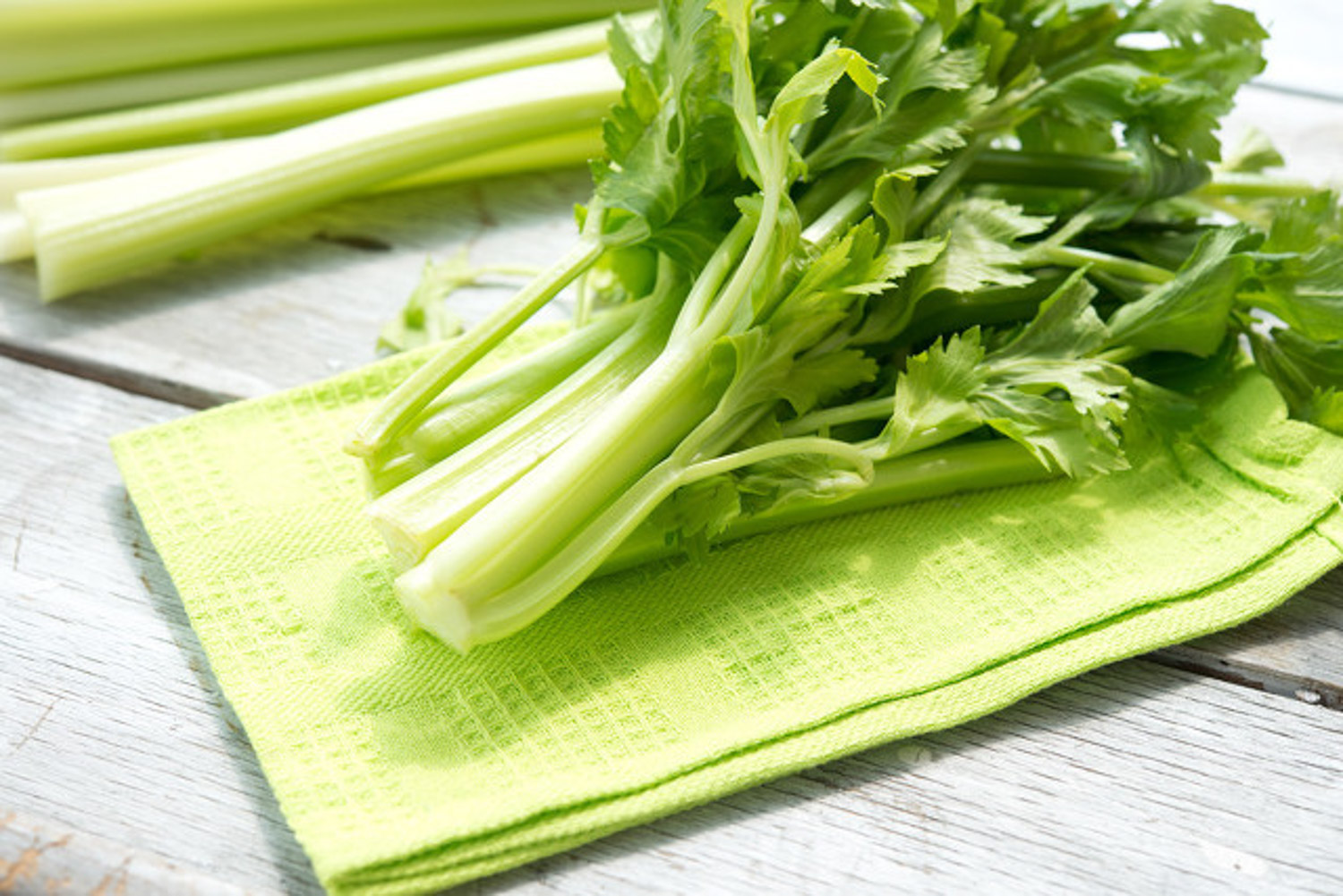
2. Pruning: you will encounter some dry and yellow leaves at ordinary times. You can observe them regularly and cut them off after finding them. Then, when the disease occurs, cut off the infected place

3、 Diagnosis and treatment problems
1. Disease: there is a relatively frequent disease called "early drought disease", also known as "spot disease". Generally speaking, it is more serious when it is cold and humid. In addition to the control method of spraying chemicals, it is also necessary to control the density, strengthen the management of wastewater and select disease resistant varieties

2. Insect pest: Generally speaking, it will not be particularly serious. Targeted prevention and control can be carried out after it occurs

4、 Other issues
1. Toxicity: celery is non-toxic. It is a common vegetable

2. It's not edible to grow vegetables at home, but it's not edible at home


 jackfruit
jackfruit snake plant
snake plant hibiscus
hibiscus hydrangea
hydrangea lavender
lavender Green roses climb al...
Green roses climb al... If you don't pay att...
If you don't pay att... Management of four g...
Management of four g...
